Afterpay shines as a modern payment option, allowing customers to buy what they want today and split the cost into four equal payments over six weeks, without any interest. This innovative approach is catching on fast, changing how we think about shopping and spending.
Afterpay, used by over 19 million people globally, offers convenience to buyers and boosts sales for retailers. Explore Afterpay’s unique position in the digital marketplace, including pricing details, standout features, and competitors like Klarna and Shopify’s Shop Pay.
Key Takeaways
- Afterpay allows customers to buy items now and pay in four equal instalments over six weeks with no interest, transforming the traditional credit system.
- Merchants pay a transparent fee of 4 – 6% per transaction for offering Afterpay, but consumers can enjoy zero fees if they adhere to payment schedules.
- Alternatives like Klarna, Affirm, Sezzle, Splitit, and Shop Pay offer varied features such as versatile payment options and leveraging existing credit lines for tailored shopping experiences.
- With more than 19 million active users globally and significant daily referrals sent to merchants, Afterpay’s approach is highly appealing in the e-commerce space.
- Choosing between Afterpay and its alternatives involves considering factors such as payment terms, user experience, additional services provided by the platform, and how they align with both merchant needs and consumer preferences.
Exploring Afterpay Business Model
At the core of Afterpay’s success is a business model that revolutionizes traditional payment methods, catering to a modern consumer base seeking flexibility and convenience. This innovative approach has not only transformed the way we think about financing but has also established a new standard for retail transactions both online and in-store.
Understanding the Buy Now, Pay Later Concept
The Buy Now, Pay Later (BNPL) concept revamps traditional payment methods by offering consumers the ability to secure a purchase immediately and pay for it over time. Unlike credit cards that accrue interest, BNPL services like Afterpay provide this convenience without extra fees when paid back in timely instalments.
This service cuts through financial barriers, allowing shoppers to spread the cost of their purchases across four split payments, fostering budgeting flexibility and more manageable cash flow management.
Afterpay harnesses this consumer-friendly approach to benefit retailers as well; merchants see an uptick in sales and average order values due to the increased purchasing power at customers’ fingertips.
It’s a win-win: shoppers enjoy interest-free financing while stores thrive on boosted revenue and customer satisfaction. Next up, we examine how this system offers advantages for both parties involved.
How Afterpay Benefits Both Consumers and Retailers
Exploring the buy now, pay later concept further reveals significant advantages for both sides of the transaction. For consumers, Afterpay introduces payment flexibility that aligns with diverse financial situations and spending habits.
Shoppers can acquire desired items immediately without the upfront burden of full payment, managing their finances through structured instalments instead. This approach not only encourages responsible spending but also boosts consumer confidence in making purchases they may have otherwise postponed.
Retailers experience a surge in retail sales as this innovative payment instalment system attracts more consumers to their stores and online platforms. Afterpay has been proven to increase average order value since customers are more inclined to add extra items when faced with smaller, manageable payments rather than one large sum.
Additionally, merchants benefit from customer loyalty as Afterpay keeps shoppers engaged and returning for subsequent purchases. By integrating payment solutions like Afterpay, retailers tap into new revenue streams and drive incremental sales crucial for sustaining business growth in an increasingly competitive e-commerce landscape.
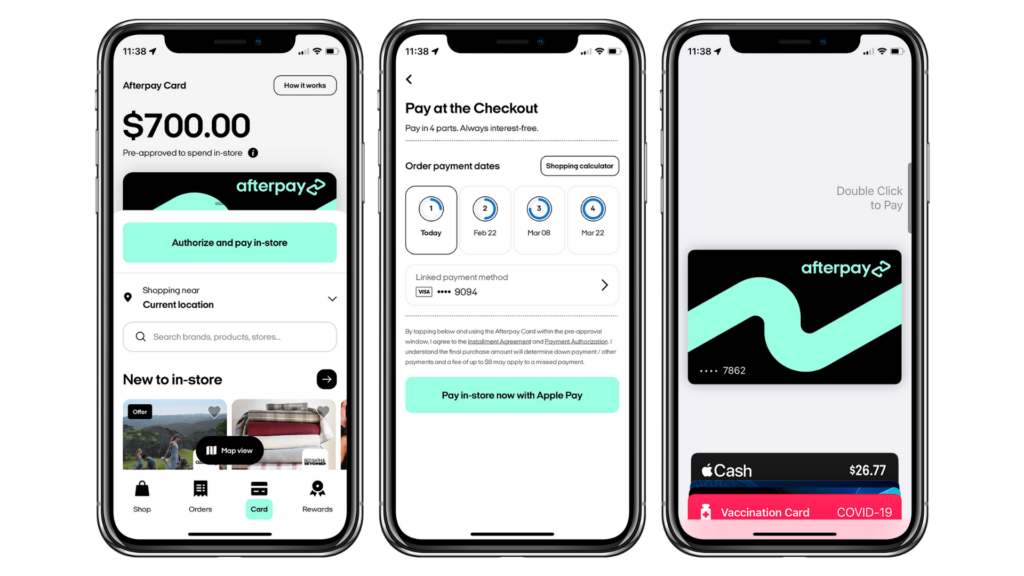
Afterpay Features
Afterpay reshapes the landscape of transactional freedom with a suite of key features designed to make spending more manageable and budget-friendly for consumers. It empowers shoppers with the flexibility to acquire desired products immediately while distributing the payment burden over time, without the sting of interest fees.
Now let’s delve deeper into these pivotal elements that define Afterpay’s appeal, from its commitment to no-interest payments to its rapid approval process that streamlines the path from cart to purchase.
Split Payments
Split payments revolutionize how customers manage their budgets, offering them the flexibility to stagger their purchase costs without incurring interest fees. With Afterpay’s feature allowing users to pay in four installments over six weeks, shoppers gain control over their cash flow and spending.
Imagine checking out online and having the ability to break down a large payment into smaller, manageable chunks that fit seamlessly into your financial plan.
Retailers partnering with Afterpay tap into a growing customer base of over 19 million active users who appreciate installment plans. Businesses receive full upfront payments for purchases while providing customers with payment scheduling options at no additional cost.
This service not only boosts consumer purchasing power but also drives significant daily referrals back to merchants, enhancing overall sales momentum and customer loyalty through flexible payment solutions like deferred payments and split payment services.
No Interest Fees
One of Afterpay’s standout features is its commitment to no interest fees, allowing shoppers to make purchases without the added burden of extra costs. This approach provides remarkable payment flexibility and empowers customers to buy now and pay later on their terms.
The absence of deferred payment charges makes Afterpay a go-to for users seeking an installment-based shopping experience that respects their financial boundaries.
Harnessing Afterpay translates into smart budget management, as it seamlessly integrates with your shopping habits while ensuring zero interest charges. Consumers enjoy the convenience of delayed payments split over time, yet they never have to worry about accruing interest fees, making every transaction through Afterpay transparent and predictable.
It’s this reliability that underlines Afterpay’s appeal in streamlining payment processing for forward-thinking shoppers and budget-conscious buyers alike.
Instant Approval Process
While enjoying zero interest fees with Afterpay, customers also experience the convenience of an instant approval process. This seamless transition from application to shopping allows for a swift and worry-free checkout experience.
Once a customer applies for an Afterpay account, they receive prompt approval without being charged any fees, streamlining their purchase process significantly.
The rapid approval system is designed to keep pace with the dynamic nature of e-commerce where every second counts. Users benefit immensely from the fast application process which requires minimal wait time and provides immediate authorization to leverage Afterpay’s service.
This feature underscores the importance of efficiency in today’s retail environment – enabling consumers to make purchases instantly while managing expenses over time.
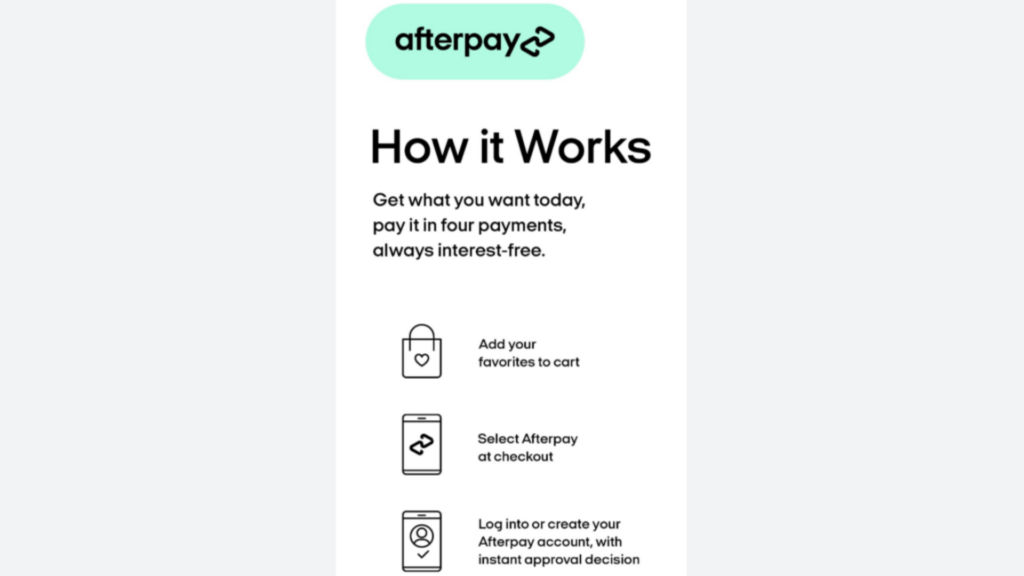
Afterpay Pricing Structure
Understanding Afterpay’s pricing structure is crucial for businesses considering this Buy Now, Pay Later service. Transparent fees ensure merchants can easily account for the cost of offering Afterpay, while consumers benefit from a zero-cost solution if they adhere to payment schedules.
Transparent Fees for Merchants
Afterpay understands that hidden fees can be a major headache for merchants. That’s why they offer a clear fee structure: a flat rate of 4-6% per transaction, making it straightforward for businesses to manage their finances.
With no added costs or surprises, merchants can plan better and enjoy the benefit of competitive processing rates compared to traditional credit card fees.
The simplicity offered by Afterpay’s pricing means that merchant service fees are upfront and easily understandable. Retailers won’t have to puzzle over complex fee schedules or worry about fluctuating payment gateway charges with each sale.
This transparent approach empowers businesses, small or large, to harness the power of buy now, pay later services without fear of unpredictable expenses eating into their profits.
Zero Cost for Consumers Who Pay on Time
Building on the straightforward merchant fee structure, Afterpay equally favors consumers who manage their finances well. For those disciplined in handling payments, there’s a clear advantage—zero fees are incurred if you pay on time.
This is a significant perk for shoppers; it means that purchases can be spread out over installments without the worry of added interest piling up.
Making punctual payments not only keeps costs down but also promotes financial responsibility among users. Afterpay’s model is designed to reward timely payment behavior, ensuring that customers who stick to their payment schedules reap the benefits of an interest-free experience.
Hence, by paying on time, you sidestep unnecessary charges and maintain the affordability of your purchases.
How Afterpay Stands Out in the Market
Afterpay reshapes the credit landscape by offering a transparent, no-interest payment solution that aligns with contemporary consumer spending behaviors and e-commerce trends. Unlike traditional credit options, Afterpay’s innovative approach caters to the modern shopper’s desire for financial flexibility without hidden fees, setting a new standard in retail finance.
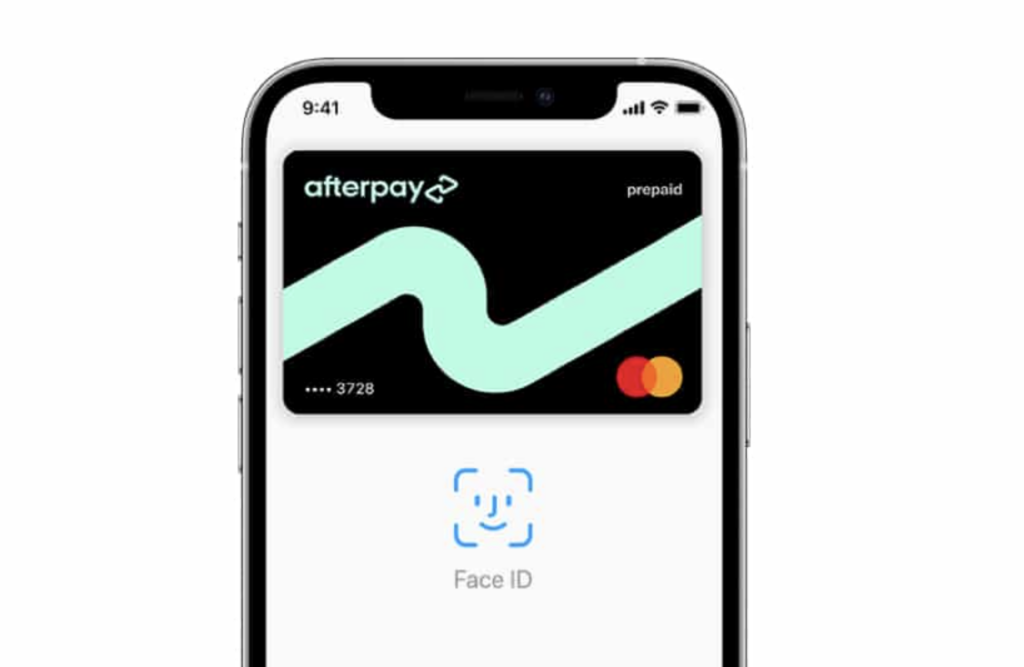
Afterpay vs. Traditional Credit
Choose Afterpay and you step into a world where shopping is simple and stress-free. Unlike the traditional credit system that can saddle you with high interest over time, Afterpay’s model offers a breath of fresh air: interest-free installments.
You get your products right away but pay for them in four equal payments spaced over six weeks. Imagine managing cash flow without anxiety or hidden fees – that’s the convenience millions have come to love.
Retail finance is evolving, driven by consumer demand for transparency and flexibility. Every day, Afterpay directs more than 1 million global referrals to its merchant partners, dwarfing many conventional credit lenders in customer engagement and satisfaction.
This shift reflects not just changing preferences but a deepening trust in alternative financing methods like buy now, pay later options. As we turn towards understanding how this impacts e-commerce growth, it becomes clear why so many choose to part ways with their old credit cards.
The Rise of Afterpay in E-commerce
Transitioning from conventional credit options, Afterpay’s innovative approach has revolutionized the online shopping experience. Its seamless integration allows customers to enjoy flexible payment options, transforming how global consumers interact with e-commerce platforms.
With a user base of 19 million active global customers and counting, Afterpay sends more than a million referrals every day to its network of merchant partners.
This surge is not just about numbers; it signifies a shift in consumer behavior favoring convenience without additional costs. Merchants are witnessing the benefits too — increased customer loyalty and higher conversion rates without the hassle of application fees or complex setups.
Afterpay’s success story in e-commerce paints a clear picture: shoppers and retailers alike are voting for simplicity, transparency, and financial empowerment through innovative payment plans.
Afterpay Alternatives
As the landscape for flexible and convenient payment methods evolves, it becomes essential to explore the top alternatives to Afterpay in 2023. These emerging platforms are redefining how consumers manage their purchases, offering a mix of innovative features and tailored payment solutions that cater to an array of shopping preferences and financial situations.
Klarna: A Versatile Contender
Klarna stands out in the competitive landscape of Buy Now, Pay Later solutions with its mobile-first service and powerful fraud detection that integrates multiple data sources. It not only maximizes security but also offers a whitelabel solution for banks and credit unions eager to provide flexible payment options without investing in new infrastructure.
Klarna’s technology is modular, allowing institutions to build and deploy financial products swiftly using over 100K pre-coded functions and 300+ APIs.
In direct competition with Afterpay, Klarna elevates the online checkout process by presenting customers with an array of financing options through a single integrated application.
This platform boasts hundreds of payment methods that cater to various consumer preferences, driving conversion rates up while building customer trust. This approach has positioned Klarna as a versatile contender in BNPL services, encouraging higher sales levels for businesses adopting its robust solutions.
Affirm: Flexible Payment Schedules
Affirm stands out with its ability to offer customers customized installment plans that cater to their financial situations. This flexibility allows shoppers to manage their cash flow effectively, turning large purchases into smaller, more manageable payments over time.
Customers appreciate the power of choice they get with Affirm; whether they need short-term financing for smaller items or longer payment periods for bigger investments, there’s a schedule that fits.
With Affirm’s buy now, pay later model, users can make purchases without the immediate financial strain and enjoy deferred payments. It reflects a keen understanding of modern consumer needs—payment options shouldn’t be one-size-fits-all.
Flexible financing from Affirm empowers buyers to shop confidently and responsibly while merchants benefit from increased purchase sizes and customer loyalty.
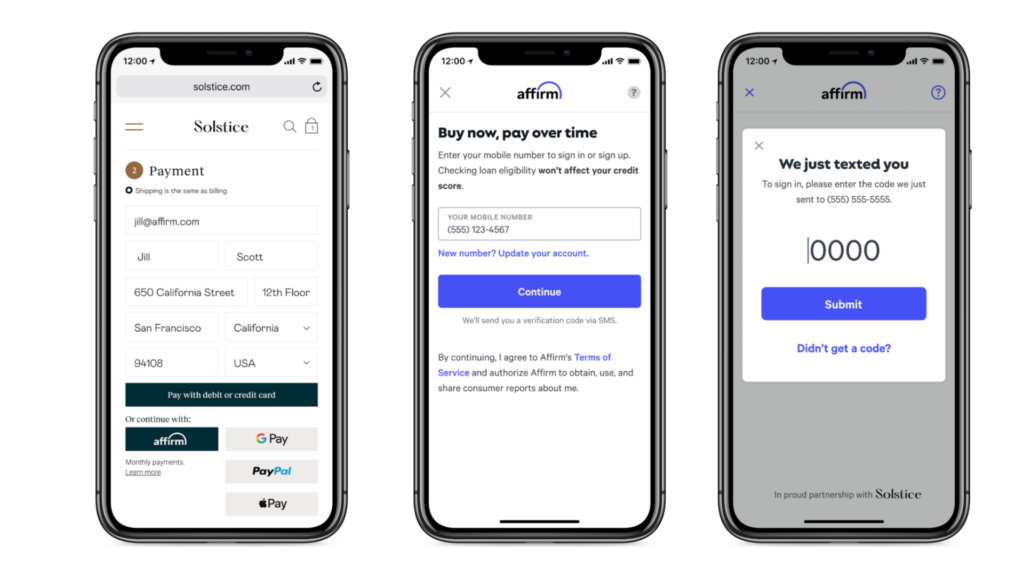
Sezzle: Catering to Smaller Purchases
Sezzle shines by offering flexible payment options for those eyeing budget-friendly shopping without the burden of large transactions. This Buy Now, Pay Later (BNPL) platform splits purchases into four manageable installments over six weeks, making it easier to stretch a budget without incurring interest fees.
Shoppers enjoy financial freedom and control while partnering with more than 17,500 online merchants ensures Sezzle users have a plethora of shopping destinations.
The company’s commitment to catering to smaller purchases empowers consumers to buy what they need when they need it. Sezzle’s approach is particularly attractive for online shoppers seeking deferred payment solutions that fit their immediate financial situations.
By enabling these small-scale investments in personal goods or services, Sezzle not only supports consumer financing needs but also contributes positively to the economy by enhancing purchasing power at a grassroots level.
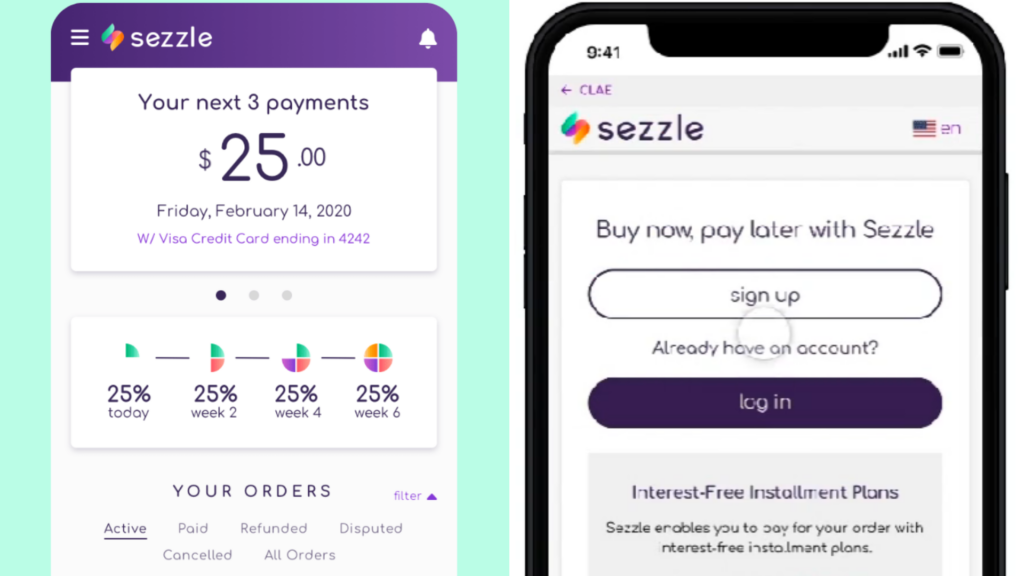
Splitit: Utilizing Existing Credit
After exploring options for smaller purchases with Sezzle, it’s important to consider how Splitit stands out by leveraging the credit you’ve already established. With Splitit, customers tap into their existing credit lines to split payments into manageable monthly installments without incurring additional fees or interest charges.
This unique approach offers the flexibility and convenience of buy now, pay later services while using the customer’s own credit card limits.
Splitit not only simplifies installment payments but also prioritizes security and a frictionless user experience. By integrating sophisticated fraud prevention measures and offering mobile-friendly payment solutions, they ensure transactions are seamless and protected.
For companies looking at practical benefits, this translates into greater customer satisfaction and loyalty—key drivers in today’s competitive corporate landscape.
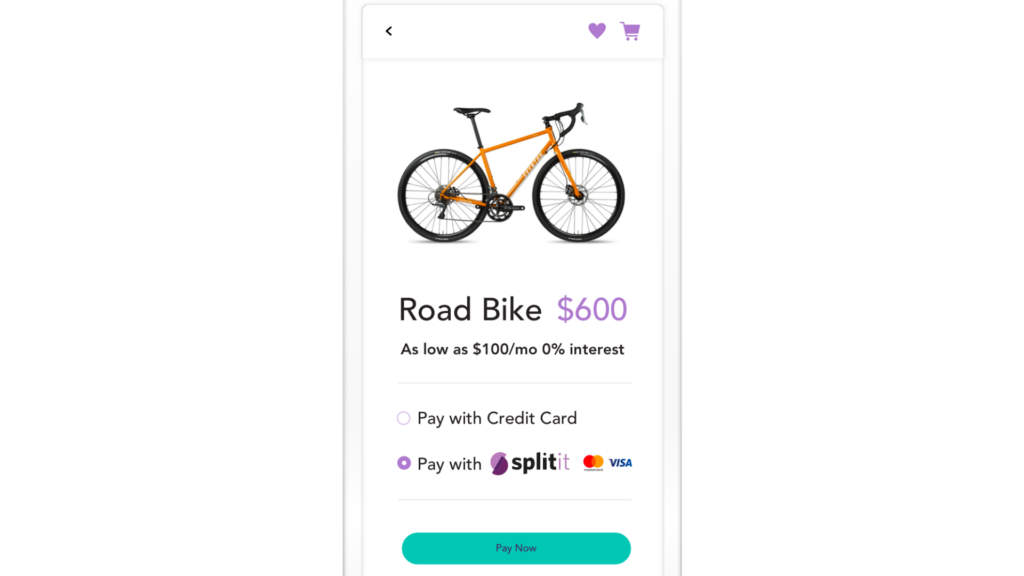
Shop Pay: Shopify’s Own Solution
Shop Pay stands out as Shopify’s own digital wallet solution, designed to streamline online checkout services for e-commerce. This platform emphasizes speed and security, offering a mobile-friendly payment option that caters to the modern consumer’s needs.
It leverages advanced fraud prevention technology and integrates with multiple data sources to detect suspicious activities in real-time, ensuring both retailers and shoppers remain protected during transactions.
With Shop Pay, merchants using Shopify can provide instant financing alternatives without compromising on user experience or security. The service simplifies secure payment processing by remembering customers’ details for future purchases, which helps businesses improve conversion rates through faster checkouts.
As an integrated part of the Shopify ecosystem, it also facilitates seamless payment integration directly within the merchant’s store setup—making it a practical choice for those seeking efficiency and reliability in handling sales.
Detailed Comparison: Afterpay vs. Klarna
When delving into the competitive landscape of Buy Now, Pay Later services, a head-to-head comparison between Afterpay and Klarna reveals distinct features and offerings that cater to diverse consumer preferences.
Both platforms aim to redefine the shopping experience with their unique payment terms and user interfaces, yet they each bring their own flavor of innovation and customer engagement to the burgeoning market of flexible online payments.
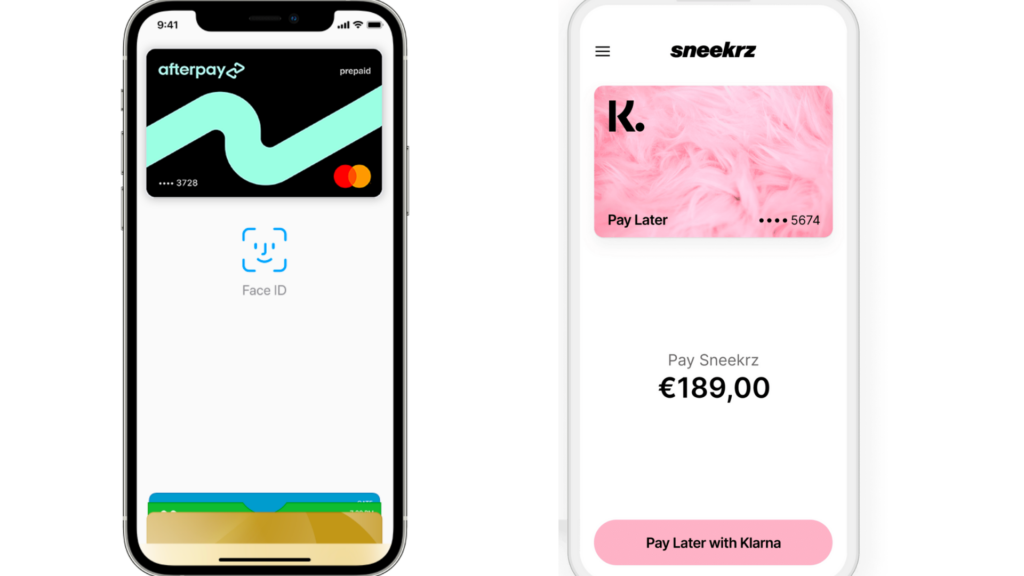
Payment Terms and Conditions
Exploring the payment terms and conditions for both Afterpay and Klarna reveals some key differences that can affect your choice as a corporate user. Afterpay entices with its straightforward proposition: make your purchase now and split the total cost into four equal payments over six weeks, free of interest.
This deferred payment approach aligns perfectly with consumers’ desire for financial flexibility without any added burden.
Klarna, on the other hand, offers multiple installment payment plans, including an option to pay in full within 30 days or spread out payments over several months. While this variety caters to different spending habits, it’s important to understand each plan’s specifics as they may include fees if payments are delayed beyond agreed dates.
The choice between these platforms comes down to which ecommerce payment structure suits your business model best while considering customer preferences.
Let’s delve further into how user experience differs between these two digital wallet giants.
User Experience and Mobile App Functionality
Afterpay consistently wins praise for its streamlined user interface, which plays a crucial role in providing a positive shopping experience. Its mobile app brings convenience right into the hands of users, combining financial management with an enjoyable transaction process.
With just a few taps, customers can manage their installment payments and browse new offers – all within an app that’s praised for being intuitive and reliable.
The functionality of Afterpay’s digital wallet sets it apart from competitors by allowing seamless integration into the customer’s daily life. It simplifies following payment schedules and viewing up-to-date balance information without complex navigation or cluttered design elements.
The app’s instant approval feature ensures shoppers can make decisions swiftly, enhancing overall satisfaction with every use.
Additional Products and Services Offered
Beyond the core buy now, pay later service, Afterpay and Klarna offer a variety of additional products and services to cater to different market needs. Klarna provides users with in-app shopping tools that help them find deals and manage expenses.
Their features go beyond deferred payments by including price drop notifications and wish lists for better shopping experiences. Merchants benefit too; they get access to analytics tools through Klarna, which can provide insights into customer behavior and trends.
While Afterpay connects merchants with top-tier shoppers, it focuses on fostering a community where brands can more effectively reach consumers likely to purchase their products. They offer marketing support services such as featured placements within the Afterpay app, increasing visibility for retailers amongst potential buyers looking for flexible payment options.
This also strengthens consumer loyalty by simplifying their access to favorite stores integrated within the Afterpay system.
Moving forward let’s delve into what criteria should be considered when selecting the perfect payment platform for your business.
Check more What is Klarna? Check out latest Pricing, Features and Alternatives
Criteria for Selecting the Right Payment Platform
Determining the ideal payment platform for your business hinges on a strategic alignment with your operational scale and customer preferences, a choice that can propel streamlined transactions and bolster consumer satisfaction—discover how to make this crucial decision by diving into our full discussion.
Assessing Your Business Size and Needs
Selecting the right payment platform starts with a clear understanding of your business scale and what you need from a payment solution. Whether you operate a small online boutique or manage multiple retail locations, identifying your specific transaction volumes, average sales amounts, and growth projections is essential to making an informed choice.
For instance, if quick expansion is in your forecast, look for a platform that scales easily alongside your company.
Take Clover as an example; it offers diverse pricing models that cater to different business sizes. A smaller enterprise might opt for the flexibility of their Mini system at $749 or consider spreading costs over three months at $250 per month.
Meanwhile, larger operations may find value in investing in Station’s more comprehensive service at $1349 or $450 over three months—clearly outlining the importance of matching the product with your fiscal capacity and anticipated processing needs.
By carefully examining these dimensions within your organization’s framework, you set yourself up for selecting a payment tool that complements both present requirements and future aspirations.
Considering Customer Payment Preferences
After assessing the size and needs of your business, it’s crucial to turn attention to what your customers prefer when it comes to payment options. Offering a range of choices, including the popular buy now, pay later plans like Afterpay, caters to diverse financial situations and can boost sales dramatically.
Customers often seek out retailers that provide flexibility in payments; thus providing easy installment payments without interest fees is a game-changer for consumer satisfaction.
Paying close attention to customer payment preferences not only helps in retaining customers but also plays a role in attracting new ones through referral marketing. With Afterpay reporting more than 19 million active global consumers and over one million daily referrals sent worldwide, tapping into this customer base by offering their preferred payment methods could set you apart from competitors.
Ensure your e-commerce platform integrates these flexible payment plans smoothly for an enhanced shopping experience that keeps buyers returning for more.
Integration with Your E-commerce Setup
Choosing the right payment platform hinges on seamless integration with your existing e-commerce system. Streamlined online transaction processing is a must, ensuring customers can use installment payments without hitches.
Your setup should easily accommodate Afterpay’s features like transaction tracking and support for various payment methods, including ACH transfers and debit/credit card acceptance.
Effective integration simplifies the user journey, offering a frictionless transition from browsing to buying. It empowers consumers with choice, allowing them to select interest-free payments at checkout quickly.
Ensure mobile commerce is not an afterthought; cater efficiently to shoppers using phones or tablets by embedding Afterpay into your mobile-responsive design. This approach solidifies customer trust and encourages repeat business by making online shopping more accessible and financially manageable.
Setting Up Your E-commerce with Afterpay or Alternatives
Integrating a Buy Now, Pay Later service like Afterpay into your e-commerce platform can empower customers with flexible payment options while potentially boosting your sales and customer loyalty.
Our guide will navigate you through the essentials of incorporating these modern payment solutions seamlessly into your online business operations, ensuring a frictionless checkout process that aligns with consumer desires for financial flexibility.
Step-by-Step Guide for Integration
Get your online store ready for Afterpay integration by first ensuring the platform is supported by your e-commerce setup. Begin with creating an Afterpay merchant account, which allows you to access their payment software tools.
Follow this up by logging into your e-commerce platform and navigating to the payment settings or module section where you can select Afterpay as a new payment option.
Next, install any necessary plugins or extensions that facilitate digital payments through Afterpay; these are often available directly from your e-commerce platform’s marketplace.
Once installed, configure the plugin by entering your merchant details—this securely links Afterpay’s service with your online shop. Test the setup thoroughly to verify that transactions process correctly and that shoppers experience seamless checkout when selecting Buy Now, Pay Later options.
Ensure a smooth payment experience for customers is maintained throughout every transaction.
Moving forward, let’s look at tips for optimizing customer interactions with these new payment solutions in “Tips for a Smooth Payment Experience”.
Tips for a Smooth Payment Experience
To ensure your checkout process is seamless, focus on a user-friendly interface that minimizes customer frustration. Optimize your website’s payment page to accept various flexible payment solutions like Afterpay, which lets shoppers enjoy the convenience of installment payments without any interest fees if they pay on time.
Streamline the steps required to complete a transaction and always secure customers’ personal and financial data.
Boost customer retention by offering clear guidance during the payment process. Provide straightforward instructions for using alternative payment methods at checkout, ensuring every step from selection to confirmation is intuitive.
Highlighting the option of Buy Now, Pay Later can encourage consumers to make purchases more comfortably while contributing to incremental sales for your business—making it a win-win feature for both parties involved in online transactions.
Conclusion
Afterpay paves the way for smarter spending without immediate financial strain. This innovative service lets you split your purchases into manageable installments, offering a breath of fresh air from traditional credit options.
Frequently Asked Questions
What exactly is Afterpay?
Afterpay is a payment service that lets you buy something now and pay for it in four equal payments every two weeks.
How much does using Afterpay cost?
Using Afterpay is free if you make your payments on time; only late fees are charged for missed payments.
Can anyone use Afterpay?
Most adults who have a debit or credit card can sign up and use Afterpay as long as they pass an identity check and have the funds available.
What are some of the main features of Afterpay?
Some main features include flexible installment plans, no upfront fees, instant approval decisions, and reminders for due payments.
What are some alternatives to Afterpay?
Alternatives to Afterpay include other buy-now-pay-later services like Klarna, Zip (formerly QuadPay), Affirm, and PayPal Credit.
Author
-
Anisha Jain, a dynamic professional in the sports SaaS industry, transitioned from economics to digital marketing, driven by her passion for content writing. Her tenure at TBC Consulting culminated in her role as CEO, where she honed her skills in digital strategy, branding, copywriting, and team management. Anisha's expertise encompasses various aspects of digital marketing, including 360-degree marketing, digital growth consulting, client communication, and business development, making her a versatile asset in the SaaS domain.
View all posts



